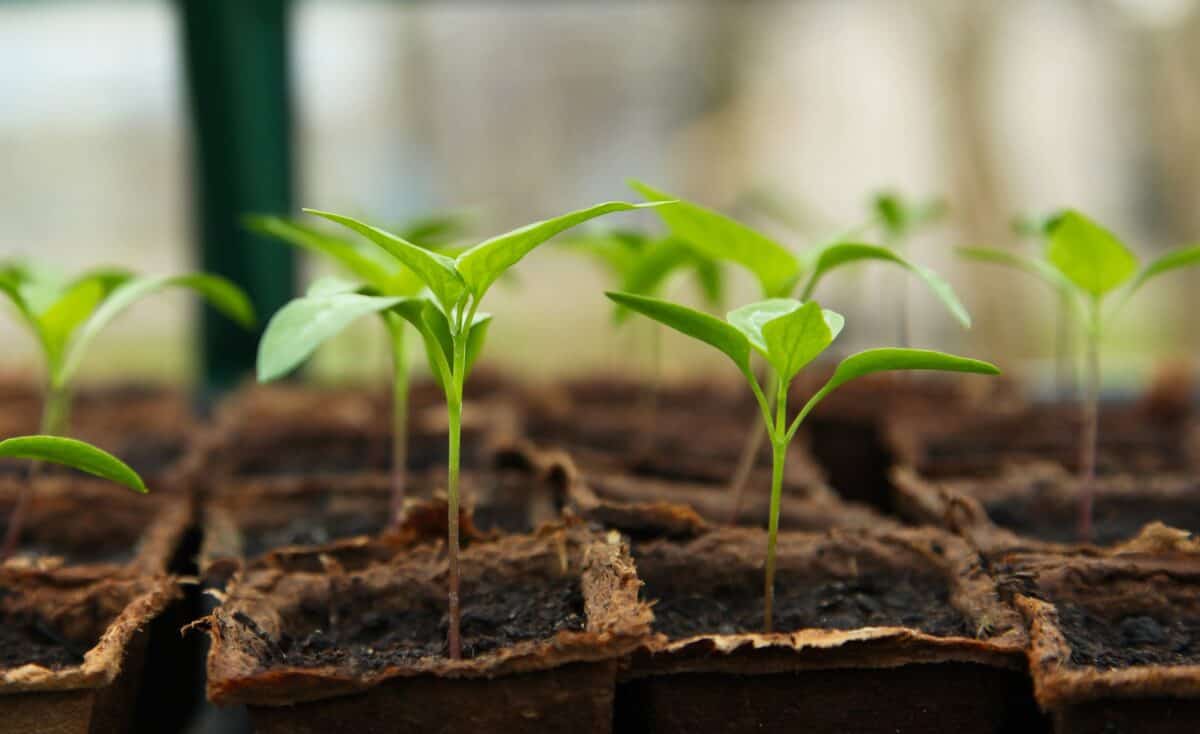- How Installing Sunscreen Shades Can Help Decrease Your Risk of Skin Cancer - July 16, 2024
- Best Gluten-Free Eats in Arizona - July 3, 2024
- Local Fruits and Veggies to Arizona and How to Incorporate Them Into Dishes - June 27, 2024
Hello gardeners of all skill levels! Here in Phoenix, we have more heat, and longer growing seasons. This means our planting schedule differs from the general schedule for a great majority of the United States in the Midwest and East. For us desert dwellers, this can make it confusing to understand what to plant here and when. Fortunately, we have compiled a guide to give you a boost in your Southern Arizona food garden This is due in part so these calendars are not adequate to help Southern Arizona Gardeners. Let’s start with this month and go through the winter months, so you’ll be ready to start harvesting in early march.
January Gardening
Many people consider January to be the most “winter” of the winter months. Fortunately for us who just aren’t used to the cold this means skies that stay blue with high temperatures in the 60s and 70s. We experience our cold at night and in the early mornings though the temperature rarely drops below freezing. This means we have an advantage when it comes to winter planting in our gardens. January is the best time to prune your deciduous fruit trees. If you are looking to add bare root shrubs or trees to your landscape, these cooler temperatures make it the best time to give your plants a chance to become established in the ground before extreme heat takes over—just be mindful to check the weather forecast and watch for the rare frost. You never can be sure with the unprecedented weather of recent years.
What to Plant In January:
This is a great month to put your early tubers like carrots and potatoes in the ground as well as leafy greens and brassicas like cabbage and lettuce. Also consider planting bare root plants such as strawberries and asparagus.
February Gardening
Frost rarely is a concern in February, but it does happen. If you’re growing your food outside, make sure to have a few drop cloths on hand to cover your crops for the rare frosty nights and mornings. However, February is like the common spring planting time of eastern climates. This means that by mid-February you are going to want to get your plants soon. The spring growing cycle is short and needs to have time to mature before the grueling summer heat settles in. If you don’t plant soon enough your plants won’t be robust enough to survive the inevitable heart reaching 100 degrees on average or more. It may also be wise to have your garden set up in an area where you can control the degree of sun exposure. It’s best to have cooler morning sun and the last rays of the evening, where your plants can receive ample sunlight without getting singed or burned.
What to Plant in February:
The official last day for frost in this region is generally around February 15th so get ready to plant away. Before you plant, it’s important to prepare your soil by loosening it and adding rich organic compost. This is one of the most essential tips for giving your vegetables a substantial start. February is a great time to put in your heat loving beets, beans, corn, eggplant, lettuce, peppers, watermelon, summer squash and tomatoes. If you haven’t gotten your carrots, radishes and potatoes in the ground, there’s still time for that too.
March Gardening
March is a great time to make sure your irrigation system is working without a hitch to ensure that your thirsty vegetables will get the water they need when they need it. It’s still cool enough to do some tedious work without getting burned by the sun. It’s also a great time to get on top of your weeds before they start overtaking your vegetables.
What to Plant in March:
For those who are late to the game, you can still get your vegetables in the ground, though they won’t have as much time to become established. Make sure you baby them with shade, water and organic fertilizers. It’s also a great time for sunflowers as well as starting winter squash
When you spend time outside, you are going to want to make sure you can protect you and your plants from the sun. Aside from the heat and sun burns, the sun carries dangerous UV rays which can cause premature aging of our skin as well as skin cancer. Our patio sunscreens can block out 90% of harmful UV rays. To find out more, contact us today for a free consultation.

